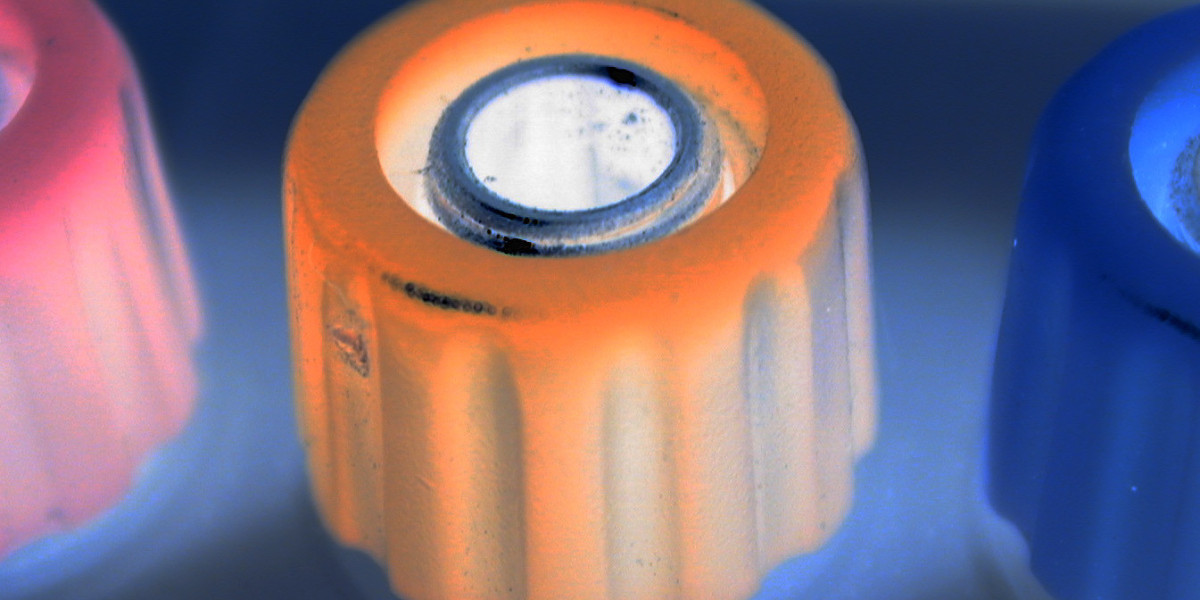Market Overview
The global Armored Breaching Vehicle market is witnessing substantial growth, driven by increasing defense budgets, modernization of ground forces, and growing emphasis on combat engineering support across the world. According to the latest research by Market Intelo, the market was valued at USD 2.55 billion in 2024 and is projected to reach USD 4.12 billion by 2032, expanding at a CAGR of 6.1% during the forecast period (2024–2032).
These specialized vehicles are designed to clear obstacles, mines, and fortifications, enabling armored and infantry units to advance efficiently in combat zones. As global military operations evolve toward high-mobility warfare and urban combat environments, demand for advanced breaching systems integrated with cutting-edge technologies continues to grow.
Get Sample Report of Armored Breaching Vehicle Market @ https://marketintelo.com/request-sample/4342
Market Dynamics
Rising Defense Modernization and Tactical Mobility
The growing focus on modernizing ground combat systems has been one of the key drivers of the Armored Breaching Vehicle market. Many defense agencies are investing heavily in engineering vehicles capable of supporting armored assaults, minefield clearing, and rapid obstacle removal. These vehicles are equipped with dozer blades, mine plows, and line charges to ensure safe troop movement through fortified enemy lines.
Countries such as the United States, Russia, China, India, and France are integrating next-generation armored breaching systems into their mechanized units. The adoption of advanced materials, autonomous control systems, and modular attachments is enhancing both the efficiency and survivability of these vehicles on the battlefield.
Geopolitical Tensions and Border Security
The increasing frequency of border disputes, territorial conflicts, and asymmetric warfare has reinforced the importance of specialized breaching vehicles in defense strategies. Armored breaching systems play a crucial role in enabling secure passage through mined or barricaded zones, particularly in urban warfare and counter-insurgency operations.
Additionally, ongoing conflicts in Eastern Europe and the Middle East have accelerated the procurement of these vehicles by several armed forces, as they seek to enhance operational readiness and support fast-paced mechanized warfare.
Get Sample Report of Armored Breaching Vehicle Market @ https://marketintelo.com/request-sample/4342
Market Segmentation
By Type
The market is segmented into mine-clearing vehicles, obstacle-clearing vehicles, and multi-purpose breaching systems. The mine-clearing vehicle segment dominates the market due to growing emphasis on minefield clearance operations and safe troop movement during missions. Multi-purpose breaching systems, offering flexibility through interchangeable attachments, are projected to experience the fastest growth.
By Platform
Based on platform, the market is divided into tracked vehicles and wheeled vehicles. Tracked armored breaching vehicles hold the largest share owing to superior stability, off-road mobility, and armor protection. However, wheeled variants are gaining attention for their faster deployment and lower maintenance costs, especially in urban and peacekeeping missions.
By Application
The primary applications include military combat engineering, peacekeeping operations, and disaster response. While military engineering remains the dominant segment, the use of breaching vehicles in humanitarian and disaster recovery operations—such as debris clearing and rescue support—is steadily expanding.
Read Full Research Study: https://marketintelo.com/report/armored-breaching-vehicle-market
Regional Insights
North America
North America leads the global Armored Breaching Vehicle market, primarily driven by the U.S. Department of Defense’s continued investment in combat engineering modernization. Programs such as the U.S. Army’s ABV (Assault Breacher Vehicle) initiative and the Marine Corps’ upgrades to existing platforms underscore the region’s focus on integrating advanced breaching technology with improved survivability and mobility features.
Europe
Europe remains a significant contributor to market growth due to active military collaborations among NATO members and ongoing modernization efforts in armored engineering vehicles. Nations like the United Kingdom, Germany, and France are investing in both domestic development and procurement partnerships to enhance their field engineering and obstacle-clearing capabilities.
Asia Pacific
Asia Pacific is projected to register the fastest growth rate during the forecast period, fueled by increasing defense expenditure and border protection initiatives. Countries such as India, China, and South Korea are expanding their armored vehicle fleets, incorporating breaching systems tailored to mountainous and varied terrains. Furthermore, indigenous defense programs are encouraging the development of locally manufactured breaching solutions, reducing reliance on imports.
Middle East & Africa
The Middle East and Africa are emerging as key markets due to persistent regional conflicts and security challenges. Nations in this region are investing in multi-role armored vehicles capable of operating under extreme conditions. The growing participation of international defense contractors in regional military projects is expected to accelerate technology transfer and capability building.
Competitive Landscape
The global Armored Breaching Vehicle market is moderately consolidated, with major players focusing on research, development, and defense collaborations to expand their product portfolios. Key industry participants include BAE Systems plc, Rheinmetall AG, General Dynamics Corporation, Israel Military Industries (IMI) Systems, Uralvagonzavod, and ST Engineering.
These companies are emphasizing modular designs that allow breaching vehicles to adapt to multiple missions—from obstacle clearance to mine neutralization—while maintaining high survivability standards. Strategic partnerships between global manufacturers and national defense agencies are also strengthening regional market presence.
Technological Advancements
Manufacturers are integrating autonomous navigation systems, AI-based threat detection, and enhanced armor composites to improve operational efficiency and crew safety. The incorporation of remote-controlled weapon stations (RCWS) and unmanned engineering vehicles (UEVs) has further broadened the application of breaching technology in high-risk zones, minimizing human exposure during combat operations.
Market Trends
1. Increased Use of Robotics and Automation
Automation is reshaping the battlefield. The integration of robotic breaching systems is reducing risk and enhancing precision during high-threat missions. Semi-autonomous systems that can be operated remotely are becoming a key trend, especially for minefield clearing and urban breaching operations.
2. Lightweight and Modular Vehicle Design
Defense forces are increasingly seeking vehicles that offer versatility, reduced logistical burden, and easy transportability. Manufacturers are responding with modular breaching vehicles that can be deployed by air or sea and reconfigured for various operational needs.
3. Sustainable Defense Engineering
Sustainability in defense is becoming a growing priority. Many armed forces are emphasizing eco-friendly designs, fuel efficiency, and reduced emissions without compromising operational power and endurance.
Future Outlook
The Armored Breaching Vehicle market is expected to experience strong and sustained growth through 2032. Technological innovations, coupled with the ongoing evolution of modern warfare tactics, are driving demand for advanced, multi-role engineering vehicles.
As defense agencies continue to prioritize rapid mobility and mission flexibility, the focus will remain on integrating smart control systems, enhanced situational awareness, and autonomous breaching capabilities. Emerging defense collaborations across continents are further expected to promote technology exchange and innovation in this domain.
The market’s trajectory indicates significant opportunities for both established players and new entrants specializing in defense engineering solutions. The rise in homeland security initiatives and cross-border tensions will also continue to stimulate the need for effective and reliable armored breaching systems globally.
Conclusion
In conclusion, the Armored Breaching Vehicle market is poised for robust expansion over the next decade, underpinned by global defense modernization programs, technological breakthroughs, and the increasing complexity of combat environments. As nations continue to upgrade their military engineering fleets, the demand for high-performance breaching vehicles that combine protection, versatility, and automation will remain strong.
Manufacturers investing in innovation, sustainability, and strategic collaborations are expected to capture significant opportunities in this growing market. The evolution of armored breaching technology will not only enhance battlefield mobility but also redefine operational safety and efficiency for military forces worldwide.
Related Report








